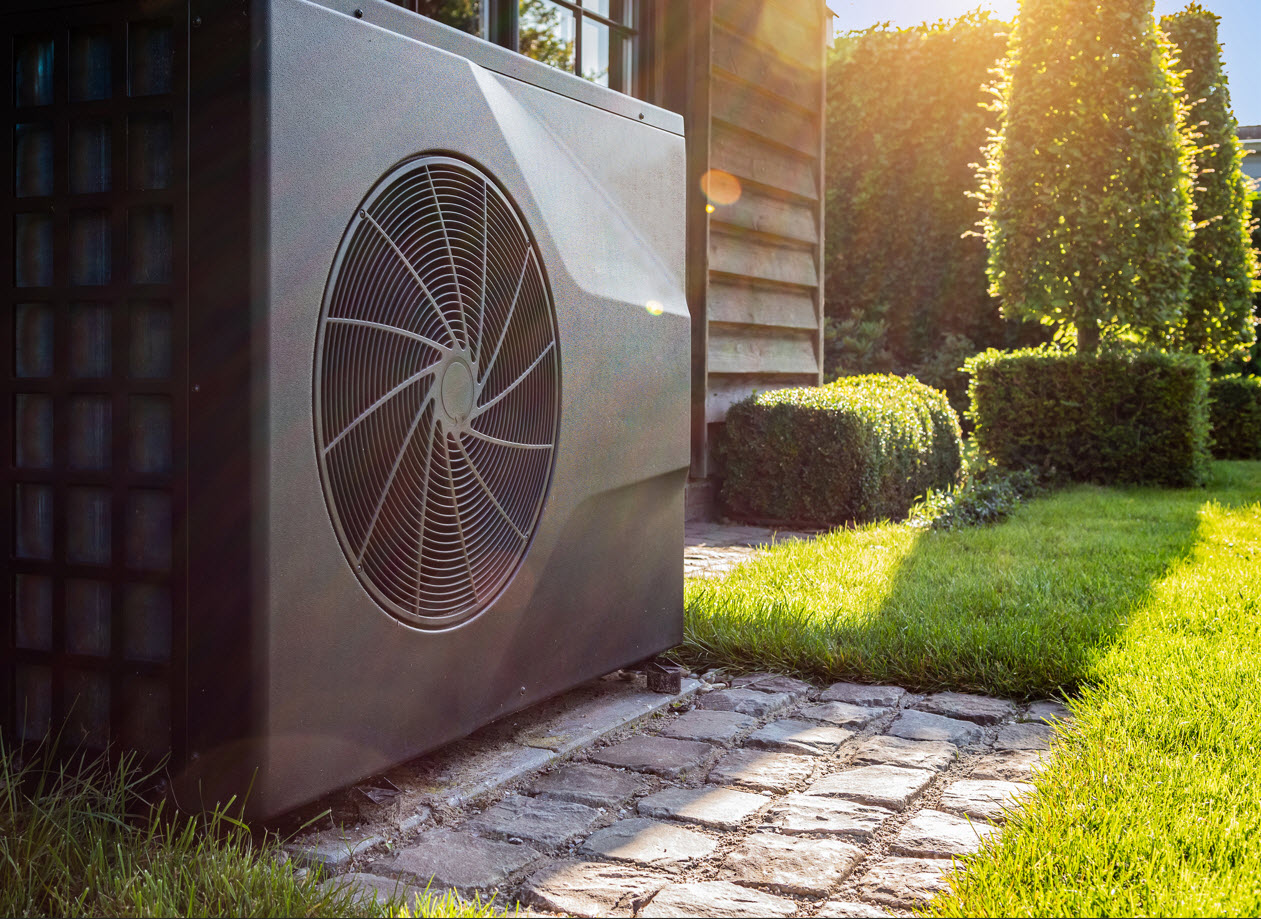Canadian homes and buildings, combined with the electricity generated to power them, release 111 million tonnes of greenhouse gas emissions into our atmosphere every year.
Overall, the building sector is the third largest source of emissions in Canada. But in Ottawa, heating and cooling our buildings is the number one contributor to our city’s greenhouse gas (GHG) emissions. This is mainly due to our reliance on natural gas.
To protect our environment and reduce the impact of climate change, the Government of Canada has committed to reducing Canada's total GHG emissions to 40 to 45 per cent below 2005 levels by 2030, with an ultimate goal of reaching net zero emissions by 2050.
The heat is on: Heat pumps and the next phase of Canada’s Greener Homes Grant
As we look for ways to shape a more sustainable future, heat pumps are emerging as one of the climate solutions that can reduce energy costs, lower carbon emissions and increase our home’s energy efficiency. Win, win and win.
If you’re not familiar with heat pumps, read our blog “Why everyone’s talking about heat pumps” for a good primer.
According to Natural Resources Canada (NRCan), the success of the Canada Greener Homes Grant program has translated to significant greenhouse gas emission reductions since the program launched three years ago. In total, 165,000 households have received a grant to date.
Given that each upgraded house cuts pollution by 1.2 tonnes a year on average, the Canada Greener Homes Grant has already averted 194,700 tonnes of pollution - the same as taking 60,000 cars off the road.
The government further predicts that by 2027, the Canada Greener Homes Grant will have helped half-a-million Canadians with their upgrades and reduced the amount of emissions equivalent to taking nearly 185,000 cars off the road every year.
The top five retrofits funded through the program include:
- Heat pumps
- Windows and doors
- Home insulation
- Air sealing
- Solar panels
With more than 50 per cent (82,000 households) using the grant to purchase and install heat pumps, NRCan says the uptake on heat pumps was higher than expected: “Over the last three years, thousands of Greener Homes Grants have been issued for windows and doors, air sealing, insulation and solar panel installations, however, demand for heat pumps has significantly outperformed all other retrofits. Over the next few years, we expect to help 250,000 Canadians purchase and install a heat pump through the Greener Homes Grant program alone.”
Unfortunately, the Canada Greener Homes Grant is no longer accepting new applications at this time. The program successfully reached its capacity, and to prepare for the new phase, it stopped taking applications. While the government has yet to announce a launch date for the next phase of the program, the good news for many Canadians is that it will focus specifically on helping low-to-medium income households access these upgrades; particularly heat pumps.
Recognizing that heat pump equipment and installation can be as much as $13,500 or higher, the government realized that even with $5,000 or more in rebates, many people can’t afford to make the switch. Be sure to keep an eye on the official Canada Greener Homes Grant website for updates.
Tips for finding other rebates:
- Ontario Energy Rebates website: This website compiles various rebate programs across the province.
- Manufacturer Rebates: Some heat pump manufacturers themselves offer rebates on their products.
Loan alternatives:
- Canada Greener Homes Loan: This program is still open, offering interest-free loans to help finance energy-efficient upgrades. Administered through the Canada Mortgage and Housing Corporation (CMHC), it provides loans up to $40,000 repayable over 10 years.
- Through the Better Homes Ottawa Loan Program, homeowners can get a 20-year loan of up to $125,000 with a fixed interest rate of 4.33% to cover the cost of home energy improvements.
Things to remember:
- Programs can change frequently, so check for the latest information and eligibility criteria before making any decisions.
- Many programs require working with registered contractors for installation to qualify for the rebates.
Heat pumps for renters:
- Finally, we understand that renters face limitations when it comes to participating in initiatives. We found this excellent article on micro heat pumps, a renter-friendly solution. They’re portable and plug into standard 120-volt outlets (no electrician required) and are significantly cheaper than whole-home heat pumps.



